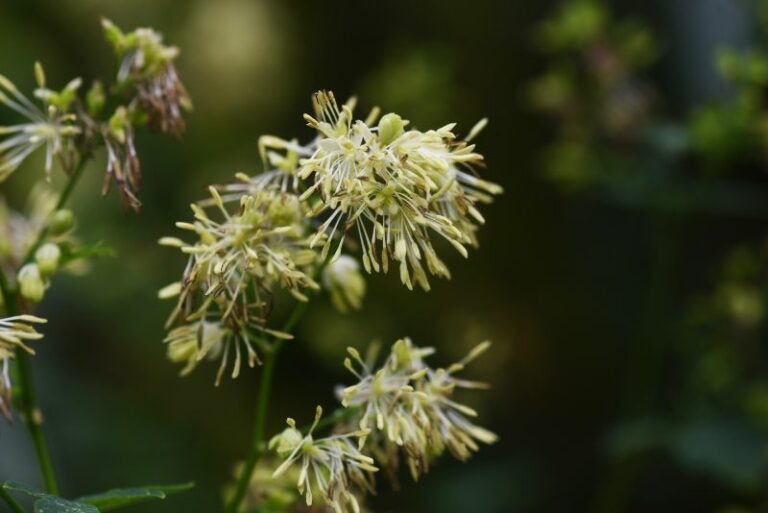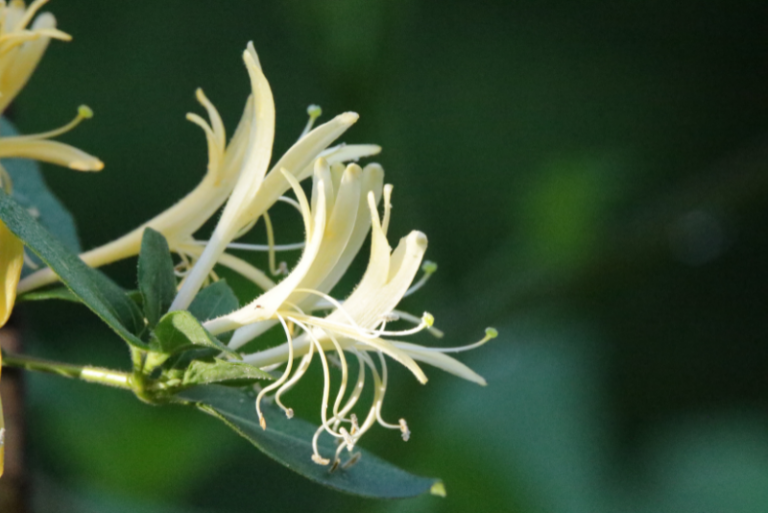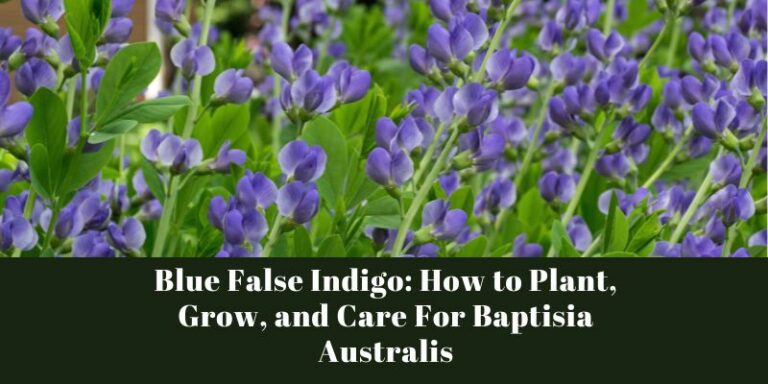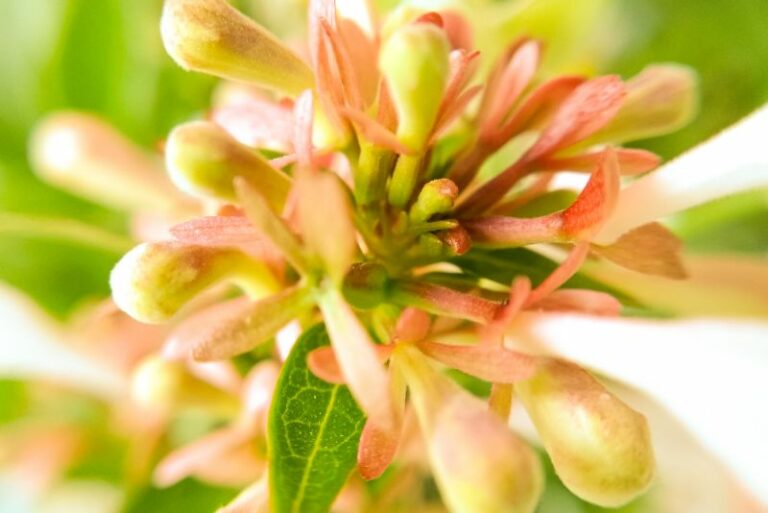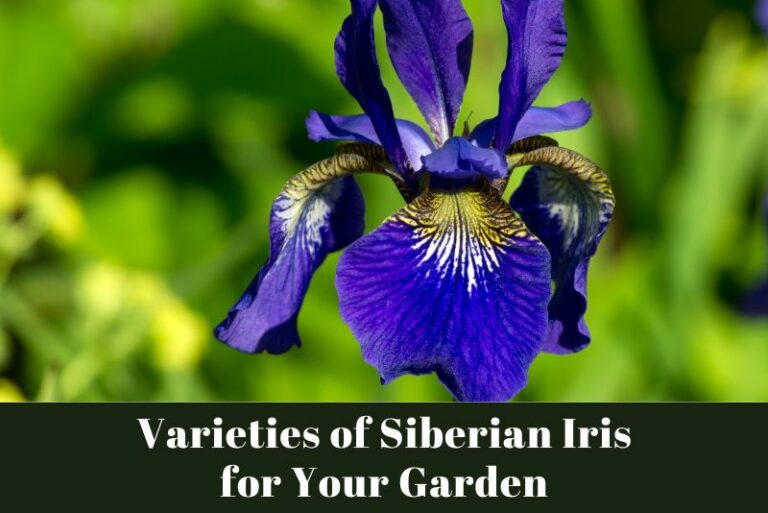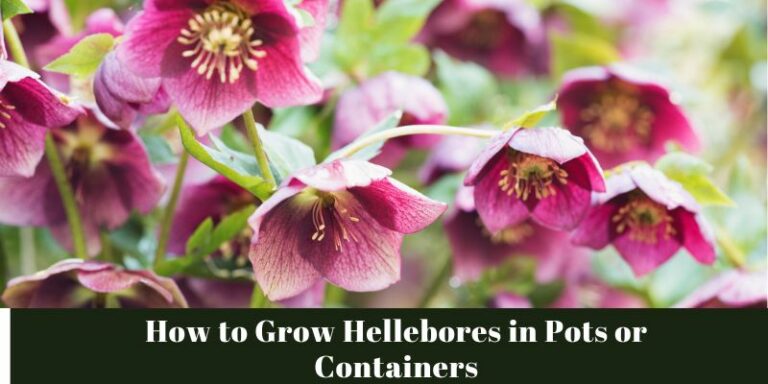How to Plant & Grow a Wildflower Garden from Seed?
Wildflower gardens burst with color and life, attracting a myriad of pollinators and adding a touch of natural beauty to any landscape. For many gardening enthusiasts, nurturing a patch of wildflowers from seed is not only a delightful pastime but also a powerful act of supporting biodiversity and sustainability. In a world where urbanization and agriculture increasingly encroach on wild spaces, every wildflower cultivated can be a haven for butterflies, bees, and birds.
In this comprehensive guide, you’ll discover the joys and techniques behind creating your own wildflower garden from seed, ensuring success from the earliest plantings to the full splendor of bloom.
Choosing the Right Seeds
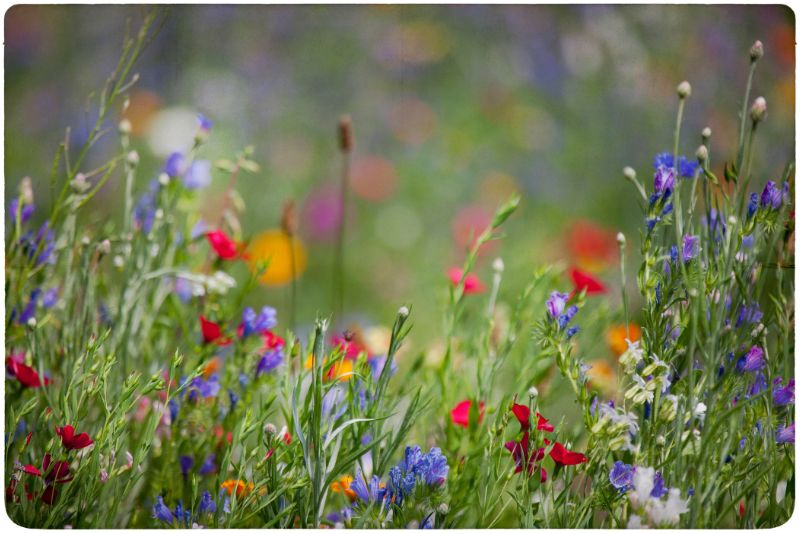
Selecting the seeds for your wildflower garden is the first and most crucial step. Native wildflowers are the bedrock of healthy ecosystems, so it’s important to research and choose species that are indigenous to your region. Here’s how to make the best selection:
Native Wildflowers
Native wildflowers have adapted to local soil and climate conditions over thousands of years. Their deep-rooted relationships with local fauna make these plants essential for ecological balance. Contact your local agricultural extension office or a reputable native plant nursery for advice on the best varieties for your area. Consider wildflowers like black-eyed Susan, purple coneflower, and butterfly milkweed, which are native to a wide range of North American climates.
Soil and Light Requirements
Once you have a list of potential wildflowers, it’s crucial to match their needs with your garden’s conditions. Some wildflowers thrive in full sun, while others prefer shaded areas. Assess your garden’s light exposure throughout the day to determine the best plant placement. Likewise, ensure your soil is compatible with the wildflower species’ preferences for acidity, drainage, and nutrient levels. If adjustments are necessary, speak with a local garden center about soil testing and appropriate amendments.
Preparing the Garden
With your seeds selected and your garden spot chosen, the next step is to prepare the soil for planting. Wildflowers benefit from a slightly disturbed soil environment, akin to their natural habitats that see periodic disturbances from the environment or animals.
Clearing the Area
Remove any existing vegetation from the area where you plan to sow the seeds. This can be achieved by hand-pulling weeds, using a tiller, or through the method of sheet mulching. Be sure to clear the area thoroughly to give your wildflowers the best possible start and prevent competition for nutrients and space.
Soil Preparation and Amending
Once cleared, it’s time to improve the soil’s quality. Add organic matter such as compost to enhance soil structure and nutrient content. This step is especially important for areas with dense or poor-quality soil. Aim for a loose, fertile base that’s a few inches deep, providing the right conditions for seed germination and initial root development.
Planting the Seeds
The planting phase requires a gentle hand and thoughtful distribution to help the wildflowers establish themselves.
Seed Distribution Techniques
Mix the wildflower seeds with fine sand or sawdust to aid in even distribution. Decide on a seed density that supports healthy growth without overcrowding. For larger areas, a broadcast spreader may be helpful, while smaller patches often benefit from the carefully controlled hand sowing.
Watering and Care Instructions
After planting, lightly water the area to settle the seeds into the soil. Keep the area consistently moist, not soggy, until the seeds have germinated and the young plants have a few inches of growth. Remember, wildflowers are adapted to unpredictable environmental conditions, so avoid overwatering once they’re established.
Maintenance and Care
To ensure your wildflower garden flourishes, you’ll need to manage it with care and attention throughout the growing season.
Weeding and Pest Control
Monitor the area for weed growth, and remove any intruders carefully to avoid disturbing the wildflower seedlings. For pest control, natural methods such as beneficial insect support or gentle pruning can often keep populations in balance.
Watering Schedule and Fertilization
During dry spells, supplement rainfall to keep the soil from drying out completely. If your wildflowers are in need of a nutritional boost, consider organic fertilization methods that are gentle on the environment and on the microbial life essential to healthy soils.
Blooming and Beyond
Wildflowers are resilient, and with proper care, your garden will spring to life, offering a kaleidoscope of color and supporting a myriad of species within your local ecology.
Monitoring Growth and Development
Observe the garden as it changes with the seasons. Take note of which species thrive and where they do best within the garden. This can guide future planting and help you understand the unique microclimates of your space.
Tips for Extending the Blooming Season
To extend the blooming season, plan your wildflower garden with species that flower at different times. This way, you can enjoy a continuous display of color from early spring to late fall. Deadhead spent blooms to encourage further flowering and consider a second planting of seeds in mid-season for an additional burst of color the following year.
Conclusion
Creating a wildflower garden from seed is an act of community with the natural world. As the garden matures, you’ll witness firsthand the beauty and ecological wealth that wildflowers can bring. In an age where the environment faces increasing challenges, each wildflower garden serves as a patch in the vibrant tapestry of the earth’s biodiversity.

